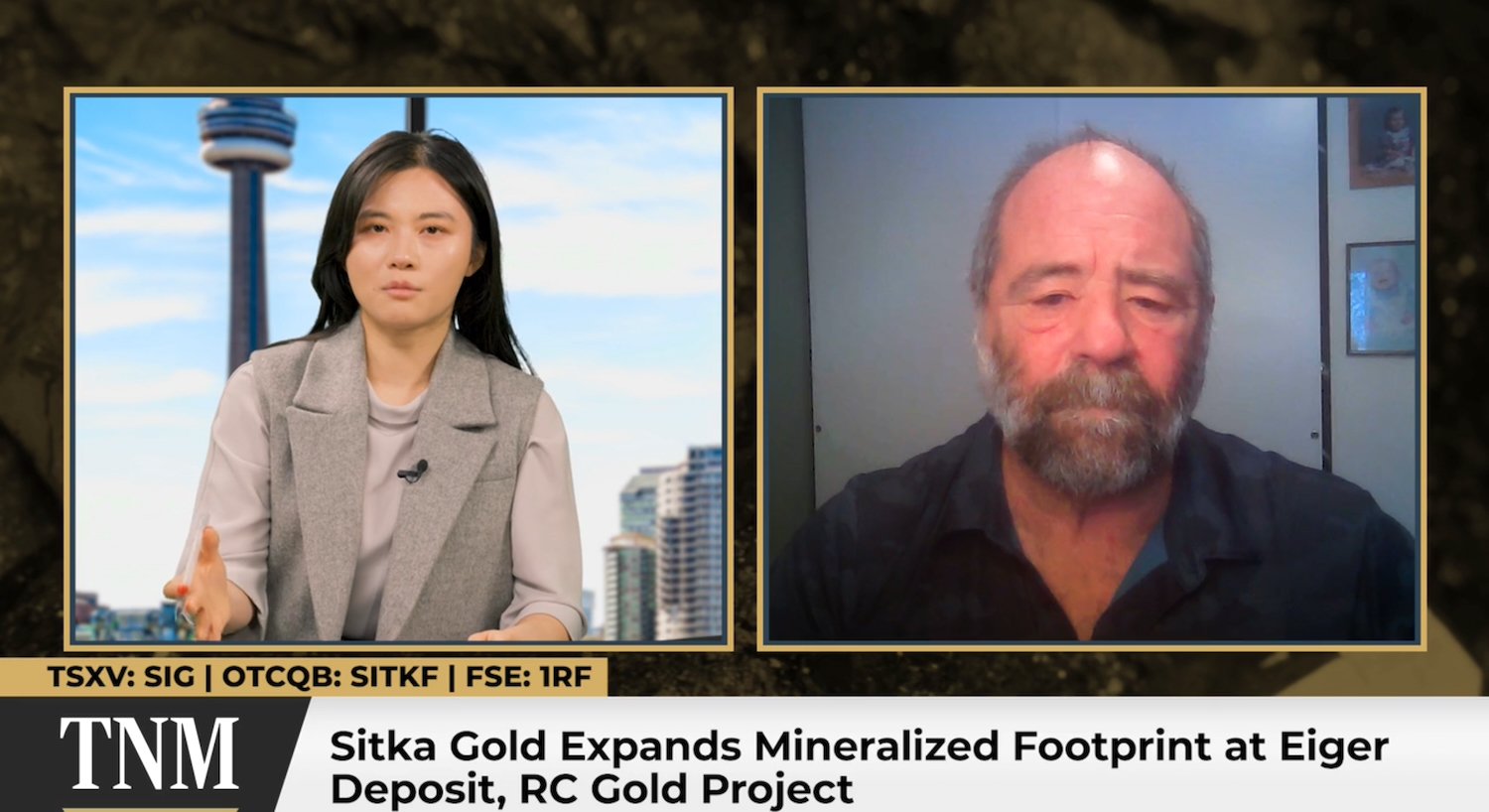But when it is bound with something else, gold becomes invisible to the naked eye. This is why the scientific team studied the action of the gold-concentrating minerals using an intense X-rays beam produced by the European Synchrotron (ESRF) at Grenoble in France.
They found that when the minerals are enriched with arsenic, gold can enter mineral structural sites by directly binding to arsenic, forming, chemically speaking, Au(2+) and As(1-) bonds. This process allows gold to be stabilized in the mineral. However, when the arsenic concentration is low, gold doesn’t enter the mineral structure but only forms weak gold-sulphur bonds with the mineral surface.
“Our results show that arsenic drives the concentration of gold. This arsenic-driven gold pump explains how these iron sulphides can massively capture and then release gold, thus controlling ore deposit formation and distribution,” lead researcher, Gleb Pokrovski, said at the conference. “In practical terms, this means that it will make it easier to find new sources of gold and other precious metals, which bind to arsenic-containing iron sulphides. It may also open the door to controlling the chemical reactions, and if we can improve gold processing, we can recover more gold.”
Pokrovski said that the new model identifies, at an atomic level, why gold tends to be found with arsenic. This means that scientists can now explore if there is anything they can do to prevent this in order to minimize the health risks that the carcinogen metalloid poses to gold miners.
“Geologists, as well as prospectors, have long known that gold can be associated with arsenic-rich minerals, and over the past few decades, others have quantified this association,” Jeffrey Hedenquist, a leading expert on epithermal gold systems and professor at the University of Ottawa, said at the event. “The findings of Dr. Pokrovski and his team now help to explain why we see this association, caused by an atomic-scale attraction between gold and arsenic, with this marriage arranged by the structure of certain minerals.”




